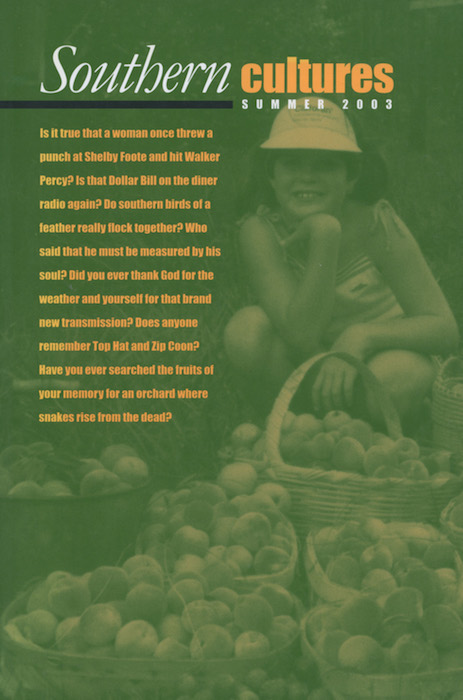“Southern paintings showed African Americans as largely dehumanized caricatures, Black stereotypes rather than distinct individuals.”
From the 1840s through World War II, paintings by artists working in the South for the most part mirrored images fashioned throughout America. These paintings were different from those created in other parts of the country, however, in that they reflected the southern sense of place and the intimacy of Black and white relationships in the region.
From the mid-nineteenth century through Reconstruction, southern paintings by white artists showed African Americans as largely dehumanized caricatures, Black stereotypes rather than distinct individuals. Skin color appeared coal black; lips were thick and red, supported by protruding, overly large teeth. The contrived and exaggerated physical features, poor quality of clothing, and subservient activities of the African American subjects clearly cast them as outside or beneath the dominant, white social order.


